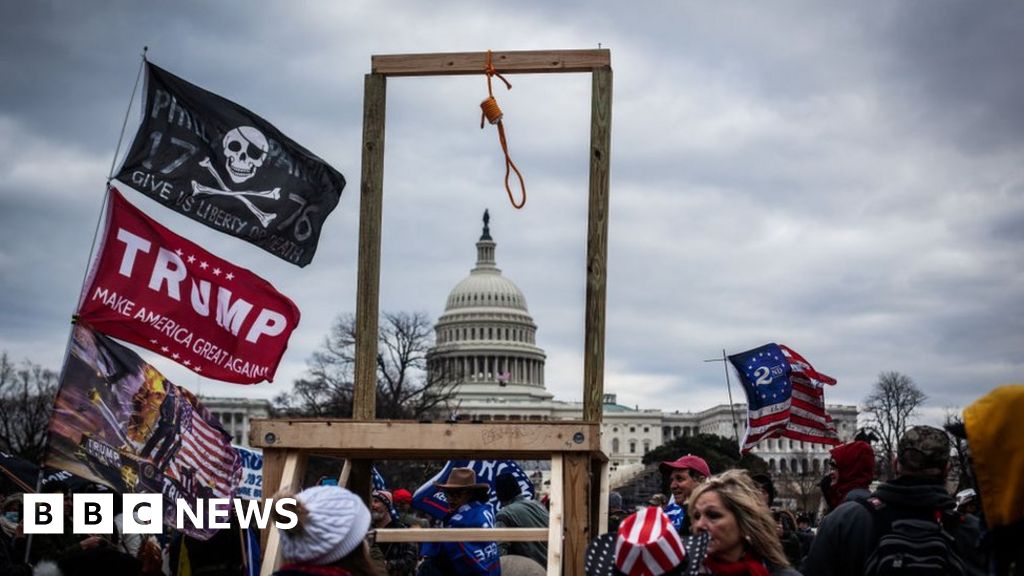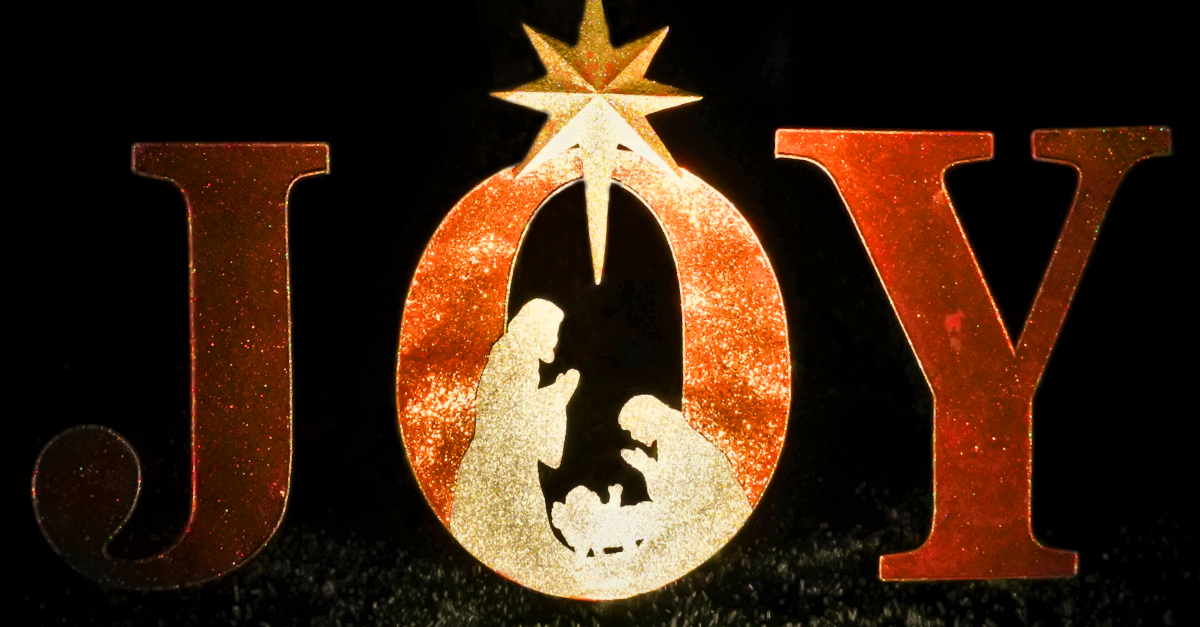The position of Christianity in British coronations

The loss of life of Her Majesty Queen Elizabeth II and the accession of King Charles III has reminded us of the deep traditions and ceremonies that are the hallmark of this vital time within the constitutional lifetime of the nation. Many of those traditions draw from Christian religion, and from the historical past of the Church in these islands.
Already we’ve got heard echoes of historical past within the Church of Scotland’s explicit place within the Accession Oath sworn by King Charles; and his position as Supreme Governor of the Church of England is seen within the oath he swears earlier than parliament.
Nevertheless, the connections go deeper than these authorized facets, as vital as they’re. It’s because Christianity is hard-wired into the historical past and follow of the British monarchy.
This turned ever extra obvious in the course of the funeral of Her Majesty and can proceed to take action as the eye of the nation now turns in the direction of the coronation of King Charles.
As we replicate on this – after which, in time, return to it when the coronation happens – the best way that Christian religion is woven into what it means to be the monarch will change into much more obvious.
Elevating crowns and laying them down
When Queen Elizabeth was topped, in June 1953, and when, in the end, King Charles is topped, the concepts integrated in these rites (and within the concept of monarchy itself) stretch again into Anglo-Saxon England.
As we speak, the non secular centre of the monarchy is in Westminster Abbey, a church whose origins date from the 960s or early 970s, when Saint Dunstan and King Edgar put in a group of Benedictine monks there.
Between 1042 and 1052, King Edward the Confessor started rebuilding St Peter’s Abbey to be able to set up a royal burial church. The constructing was accomplished round 1060 and was consecrated solely every week earlier than Edward’s loss of life in January 1066.
Since then, it has been intently linked with the English monarchy after which British monarchy, as a spot of coronation and funeral (even when, for the reason that 19th century, the popular burial place has been at Windsor).
It ought to be famous although, that Anglo-Saxon kings used varied areas for his or her coronations, together with Kingston upon Thames, Bathtub, London, and Winchester. The final Anglo-Saxon monarch, Harold II, was topped at Westminster Abbey in 1066, and died later that very same yr on the Battle of Hastings.
After the Norman Conquest coronations generally occurred elsewhere. In 1216, at a time when London was below the management of rebels, Henry III was topped at Gloucester. He clearly felt one thing of the mystique of kingship had been lowered on this and he later selected to have a second coronation at Westminster in 1220.
Two centuries later, Henry VI additionally had two coronations. One was as king of England in London, in 1429, and the second was as king of France in Paris, in 1431. That latter enterprise got here to nothing as a result of England ultimately misplaced the Hundred Years Warfare.
The important thing factor is that Westminster Abbey stands as a sacred house the place the crown is raised, and at last laid down.
The timing of coronations
The coronation of the brand new sovereign follows some months after his or her accession. King Edgar’s coronation in 973, at Bathtub, was 15 years after his accession in 957. It emphasised a sacred view of kingship because it occurred when he reached the age of 30, the age at which Jesus was baptised. Edgar died simply two years later, in 975.
Then again, Harold II was topped on the day after the loss of life of his predecessor, Edward the Confessor. His substitute, William I, was topped on Christmas Day 1066, simply three weeks after the give up of the English nobles and bishops to him.
Below the Hanoverians, the interval between accession and coronation was prolonged to a number of months. Since George IV (in 1820), at the very least one yr has handed between the accession and the coronation. The exception was the late Queen’s father, George VI, whose predecessor had abdicated. Because the coronation date had already been set, the method continued however with a brand new monarch.
The late Queen’s coronation came about on 2 June 1953. Her accession had occurred on 6 February 1952. The position she inherited drew on a deep Christian heritage. It has outlined her reign. It defines British monarchy.
Sacred phrases drawn from scripture and the historical past of Western Christendom
The roots of the coronation service, and the earliest type of the oath sworn throughout it, date from Edgar’s coronation in 973. It drew on continental ceremonies utilized by the kings of the Franks throughout the English Channel, and in addition referenced phrases used within the ordination of bishops.
As with a lot that’s, apparently, quintessentially English/British within the monarchy, it’s really indebted to a pan-European custom because it drew on the traditions of Western Christendom. It didn’t originate in isolation. It was a part of the Christian European mainstream.
As we speak, two variations of Anglo-Saxon coronation companies survive. They’re often called ordines (from Latin ‘ordo,’ ‘order’) or recensions. The second of those recensions appears to have been the one utilized by Edgar after which by later Anglo-Saxon and early Norman kings.
Through the reign of Henry I, a 3rd order of service was devised and this one was used on the coronation of his successor, Stephen, in 1135. This coronation order borrowed giant elements from that used within the Holy Roman Empire in central Europe and initially compiled in Mainz in 961. As soon as extra it introduced English royal behaviour into line with continental practices.
This continued for use till the coronation of Edward II in 1308. It was then {that a} new recension was produced, that was influenced by the French coronation order. Nevertheless, the English model differed as a result of it mirrored the English monarchy’s reliance on the assent of the nobles and, arguably, the implicit help of parliament. A manuscript of it survives at Westminster Abbey, referred to as the Liber Regalis.
The primary Protestant coronation occurred in 1547 – that of Edward VI. The model and content material mirrored the shift in ideology. Six years later, in 1553, Mary I reverted to the Catholic ceremony. This was additionally used on the crowning of Elizabeth I, in 1559, though the non secular tide was now flowing the opposite method.
England and Scotland have been united below one monarch in 1603 however since 1685, monarchs have solely had a Westminster coronation.
The coronation service was first translated into English in 1603. Nevertheless, the Latin model appeared once more for the 1714 coronation of the German-speaking George I. Since then, it has been in English.
In 1685 there was no Holy Communion on the coronation, however this has been restored since then.
Within the 20th century the type of the service has been revised considerably. These adjustments have elevated the emphasis on the non secular nature of the service and look again to its medieval roots as an anointing by God.
Sacred monarchy as seen within the coronation of Queen Elizabeth II
A sacred understanding of monarchy was vividly demonstrated within the coronation of Queen Elizabeth II and it helped outline her reign and her understanding of the perform of monarchy below God.
She entered the abbey to the singing of Psalm 122, “I used to be glad after they stated unto me, We are going to go into the home of the Lord.” Among the many varied oaths of presidency, she swore to “keep the Legal guidelines of God and the true career of the Gospel” and “keep in the UK the Protestant Reformed Faith,” and “protect inviolably the settlement of the Church of England, and the doctrine, worship, self-discipline, and authorities thereof.”
These are central to the position of the monarch as head of the Church of England (though, it ought to be famous, not of Scotland). These have been sworn on the Bible, which the Queen kissed.
At this level she was given a Bible, “to maintain your Majesty ever conscious of the legislation and the Gospel of God because the Rule for the entire life and authorities of Christian Princes.” She was reminded: “Right here is Knowledge; That is the royal Legislation; These are the vigorous Oracles of God.”
After Bible readings and the recitation of the creed, she was anointed with oil. Right here she skilled a practice that stretches again to the Previous Testomony and finds its most exalted expression within the Hebrew phrase mashiach (anointed one) which translated into Greek as Christos – from this we get the title ‘Christ’.
It emphasises that the monarch is anointed by God and may sample their life and rule on Christ. It’s an awfully highly effective motion.
Previous to this, the choir sang:
“Zadok the priest and Nathan the prophet anointed Solomon king;
and all of the individuals rejoiced and stated:
God save the king,
Lengthy dwell the king,
Might the king dwell for ever. Amen. Hallelujah.”
It’s noteworthy that, at this level, the Queen was assisted in eradicating her crimson gown by the Lord Nice Chamberlain, assisted by the Mistress of the Robes. It was then that she went earlier than the altar to obtain the anointing, in a state of humility.
After this she acquired the Spurs and Sword, the Sceptre with the Cross and the Rod with the Dove, and different royal regalia. Then she was topped and the assembled congregation repeatedly shouted (and “shout” is within the rubric for the service!): “GOD SAVE THE QUEEN.”
However she was anointed first and that’s the key level. Anointing got here earlier than these different symbolic acts and the Benediction, Enthroning and Homage which adopted. Then communion was taken. The purpose is that the anointing by God outlined all that got here after. The facility of earthly authority is sanctioned by God; it’s anointed-power.
On Monday 19 September, the crown of Queen Elizabeth II was, in a way, laid down earlier than God within the funeral service at that conventional web site in Westminster Abbey. This occurred in the identical place the place it was raised and positioned on her head in 1953.
Since that day, 70 years in the past, we’ve got seen how that ceremony outlined her life and rule. This was rooted in a historical past of monarchy that stretches again over a millennium and finds its origins in scripture and within the historical historical past of Israel.
In time, because the interval of mourning ends, and we glance in the direction of a brand new coronation, we are going to see how that historical past and understanding is expressed and developed within the crowning and the reign of King Charles III.
Martyn Whittock is an evangelical historian and a Licensed Lay Minister within the Church of England. Because the writer, or co-author, of fifty-four books, his work covers a variety of historic and theological themes. He additionally has an curiosity in, and has written about, Anglo-Saxon and medieval historical past, and the deep roots of contemporary UK politics and tradition. As well as, as a commentator and columnist, he has written for a number of print and on-line information platforms; has been interviewed on radio information exploring the interplay of religion and politics; appeared on Sky Information discussing political occasions within the USA; and lately has been interviewed concerning the conflict in Ukraine, together with its non secular dimensions. He’s an everyday member of the ‘Religion Panel’ on TalkTV. His most up-to-date books embrace: The Secret Historical past of Soviet Russia’s Police State (2020), Daughters of Eve (2021), Jesus the Unauthorized Biography (2021), The Finish Instances, Once more? (2021) and The Story of the Cross (2021). He has simply accomplished Apocalyptic Politics (2022 forthcoming), which examines apocalyptic beliefs driving political radicalization throughout world cultures.



